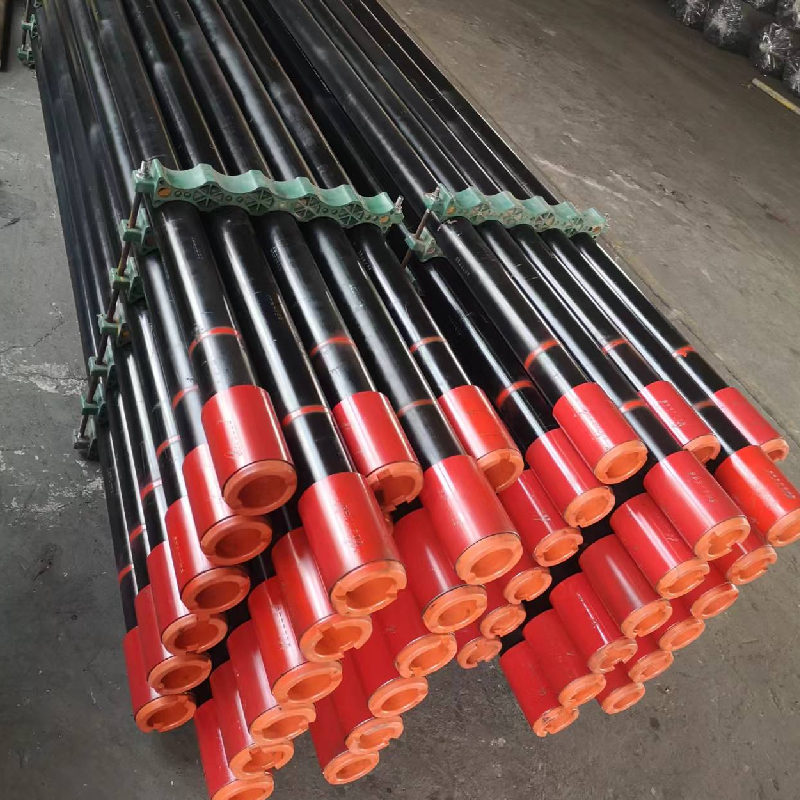- Afrikaans
- Albanian
- Amharic
- Arabic
- Armenian
- Azerbaijani
- Basque
- Belarusian
- Bengali
- Bosnian
- Bulgarian
- Catalan
- Cebuano
- Corsican
- Croatian
- Czech
- Danish
- Dutch
- English
- Esperanto
- Estonian
- Finnish
- French
- Frisian
- Galician
- Georgian
- German
- Greek
- Gujarati
- Haitian Creole
- hausa
- hawaiian
- Hebrew
- Hindi
- Miao
- Hungarian
- Icelandic
- igbo
- Indonesian
- irish
- Italian
- Japanese
- Javanese
- Kannada
- kazakh
- Khmer
- Rwandese
- Korean
- Kurdish
- Kyrgyz
- Lao
- Latin
- Latvian
- Lithuanian
- Luxembourgish
- Macedonian
- Malgashi
- Malay
- Malayalam
- Maltese
- Maori
- Marathi
- Mongolian
- Myanmar
- Nepali
- Norwegian
- Norwegian
- Occitan
- Pashto
- Persian
- Polish
- Portuguese
- Punjabi
- Romanian
- Russian
- Samoan
- Scottish Gaelic
- Serbian
- Sesotho
- Shona
- Sindhi
- Sinhala
- Slovak
- Slovenian
- Somali
- Spanish
- Sundanese
- Swahili
- Swedish
- Tagalog
- Tajik
- Tamil
- Tatar
- Telugu
- Thai
- Turkish
- Turkmen
- Ukrainian
- Urdu
- Uighur
- Uzbek
- Vietnamese
- Welsh
- Bantu
- Yiddish
- Yoruba
- Zulu
tubing crossover
Understanding Tubing Crossover in Oil and Gas Operations
In the oil and gas industry, operations depend heavily on the efficient movement and handling of various types of tubular technologies. One crucial aspect of this dynamic sector is the concept of tubing crossover, a technical term that has profound implications for drilling and production processes. This article aims to demystify tubing crossover, elucidate its relevance, and explore its impact on operational efficiency and safety.
What is Tubing Crossover?
Tubing crossover refers to a specific transition or interchange of tubing sizes or types within a wellbore system. Typically, this occurs during drilling and production phases when operators switch from one size or grade of tubing to another to accommodate different pressure requirements, fluid types, or operational parameters. Understanding how and when to implement tubing crossover is critical for optimizing well performance and ensuring safety.
Reasons for Tubing Crossover
There are several scenarios where tubing crossover becomes necessary. One common reason is the change in wellbore conditions as drilling progresses. As depth increases, various geological formations exert different pressures and temperatures. Therefore, a transition to a higher grade or thicker-walled tubing may be required to withstand these harsher conditions without risking structural failure.
Another reason for tubing crossover is the optimization of flow rates
. For instance, when producing hydrocarbons from a well, operators might start with smaller diameter tubing to maximize the influx of reservoir fluids. However, as the well matures and production rates change, switching to larger diameter tubing can enhance flow efficiency and reduce pressure drop.tubing crossover

Environmental considerations also play a significant role in determining whether to implement tubing crossover. Different fluids, such as oil, gas, or water, have specific requirements and interact differently with various tubing materials. Crossover allows operators to fine-tune their systems to ensure compatibility with the fluids they are handling while also adhering to environmental regulations.
Challenges Associated with Tubing Crossover
Despite its advantages, tubing crossover does present some challenges. One key concern is the potential for leaks or failures at the connection points where different tubing sizes meet. These connections must be engineered and installed with precision to avoid any integrity issues. Operators must also conduct thorough testing and inspections post-crossover to ensure that the integrity of the well is maintained.
Another challenge is the impact of tubing crossover on production efficiency. Any time tubing is changed out, there can be downtime associated with the operation. This downtime may lead to temporary losses in production, upsetting planned schedules, and potentially impacting profitability. Therefore, operators must carefully weigh the benefits of performing a crossover against the potential operational interruptions.
Finally, the complexity of managing tubing crossovers requires skilled personnel and advanced planning. Each crossover scenario will have its unique set of parameters based on the specific well conditions and operational goals. Teams must be adequately trained to understand the nuances of different tubing types, the engineering requirements for connections, and the associated risks involved.
Conclusion
In conclusion, tubing crossover is a vital process in the life of a well, facilitating adaptability and efficiency in oil and gas operations. By understanding the reasons for and challenges associated with tubing crossover, operators can better prepare for the complexities inherent in drilling and production activities. Ultimately, successful implementation of tubing crossover strategies allows for enhanced performance, safety, and profitability in the highly competitive oil and gas sector. Continued advancements in technology and training are essential to minimizing risks and optimizing tubing usage, ensuring that companies can respond effectively to the ever-changing demands of reservoir management. As the industry evolves, so too will the methodologies surrounding tubing crossover, making it an area of constant innovation and improvement.
-
Tubing Pup Joints: Essential Components for Oil and Gas OperationsNewsJul.10,2025
-
Pup Joints: Essential Components for Reliable Drilling OperationsNewsJul.10,2025
-
Pipe Couplings: Connecting Your World EfficientlyNewsJul.10,2025
-
Mastering Oilfield Operations with Quality Tubing and CasingNewsJul.10,2025
-
High-Quality Casing Couplings for Every NeedNewsJul.10,2025
-
Boost Your Drilling Efficiency with Premium Crossover Tools & Seating NipplesNewsJul.10,2025







